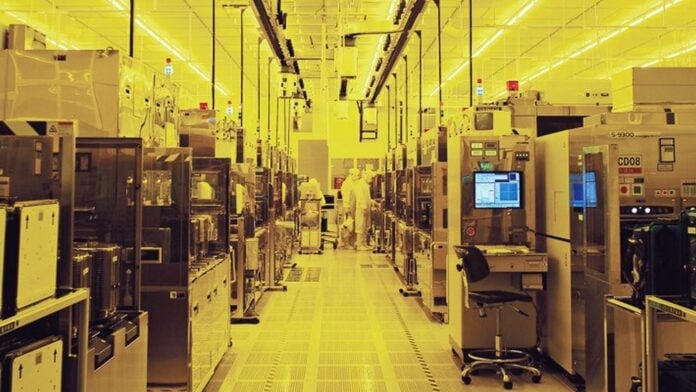TrendForce has some bad news for prospective GPU buyers. Inflating costs in the foundry market could see the future best graphics cards cost an arm and a leg, although there’s some solace in that it maybe, possibly, hopefully shouldn’t affect upcoming RTX 5000 models.
According to the analysts, a surge in demand is helping the market recover from the previous dip, positively impacting foundry capacity. TrendForce links this to mid-year events such as the launch of new smartphones, inventory replenishment, and China’s 618 sales festival – the second largest shopping celebration in the country, which racked up above $100 billion in sales last year.
Chinese foundries have experienced a faster recovery than their peers thanks to policies and domestic chip substitution. Some processes are in such high demand that they already reached full capacity. This trend is probably also resulting from US export restrictions.
More demand could increase prices as customers fight for limited manufacturing volume. That said, these are unlikely to reach pre-pandemic levels. The unfulfilled demand is thus crossing to Taiwanese foundries, which benefit from increased orders but risk prices similarly ballooning as a result. Fortunately, for the time being, overall demand for mature processes remains low, with average utilisation hovering around 70 to 80%.
Currently, TSMC is enjoying full utilisation of its 5nm, 4nm, and 3nm node capacities, thanks to strong demand from AI applications, HPC platforms, and high-end smartphones. According to TrendForce, TSMC’s capacity utilisation is expected to exceed 100% in the second half of this year. This situation could remain until 2025. Add to this the massive demand that will come from next-gen Nvidia GeForce RTX 5000 series plus AMD’s Radeon RX 8000 GPUs, and you get a dream scenario for the manufacturer and a potential nightmare for the end customer.
Any increase in manufacturing costs will undoubtedly trickle down to the customer, be it large data centres or individual gamers. Although this is simply speculation, we’ve already lived through one global chip shortage in recent memory, so it’s easy to tell what the signs are. We just hope it won’t cause unrealistic hardware prices.
With rumours suggesting Nvidia GeForce RTX 5000 series will be released at the end of the year based on the 4N process, TSMC’s plans to increase N3 quotes and packaging prices shouldn’t affect the next generation. Then again, there’s nothing stopping Team Green from slapping a hefty price tag on RTX 5090 to offset just how much a potential 3N-based RTX 6090 might cost. But we’re getting ahead of ourselves. For now, it’s all about checking deals when you upgrade to save your bank account.

